A California company combines a massive solar array with battery, genset and utility access into a truly efficient microgrid
“The people and the engineers that DEIF have are absolutely the best product that they offer.” – Mark Howe, President, MSH Group.
The long and narrow roof of a 215,000 square foot warehouse operated by MSH Group in Richmond, California, was the perfect spot for the installation of a massive solar complex. The solar installation, coupled with a genset, battery storage and utility integration solutions, marked the beginning of the first true microgrid in America managed entirely by DEIF controllers.
The building’s square footage and the relatively constant California sun made for a perfect location for the massive 710 kW solar array. “We don't have 30 acres to build these gigantic solar plants,” says Mark Howe, president of MSH Group. “These building properties are only so big.”
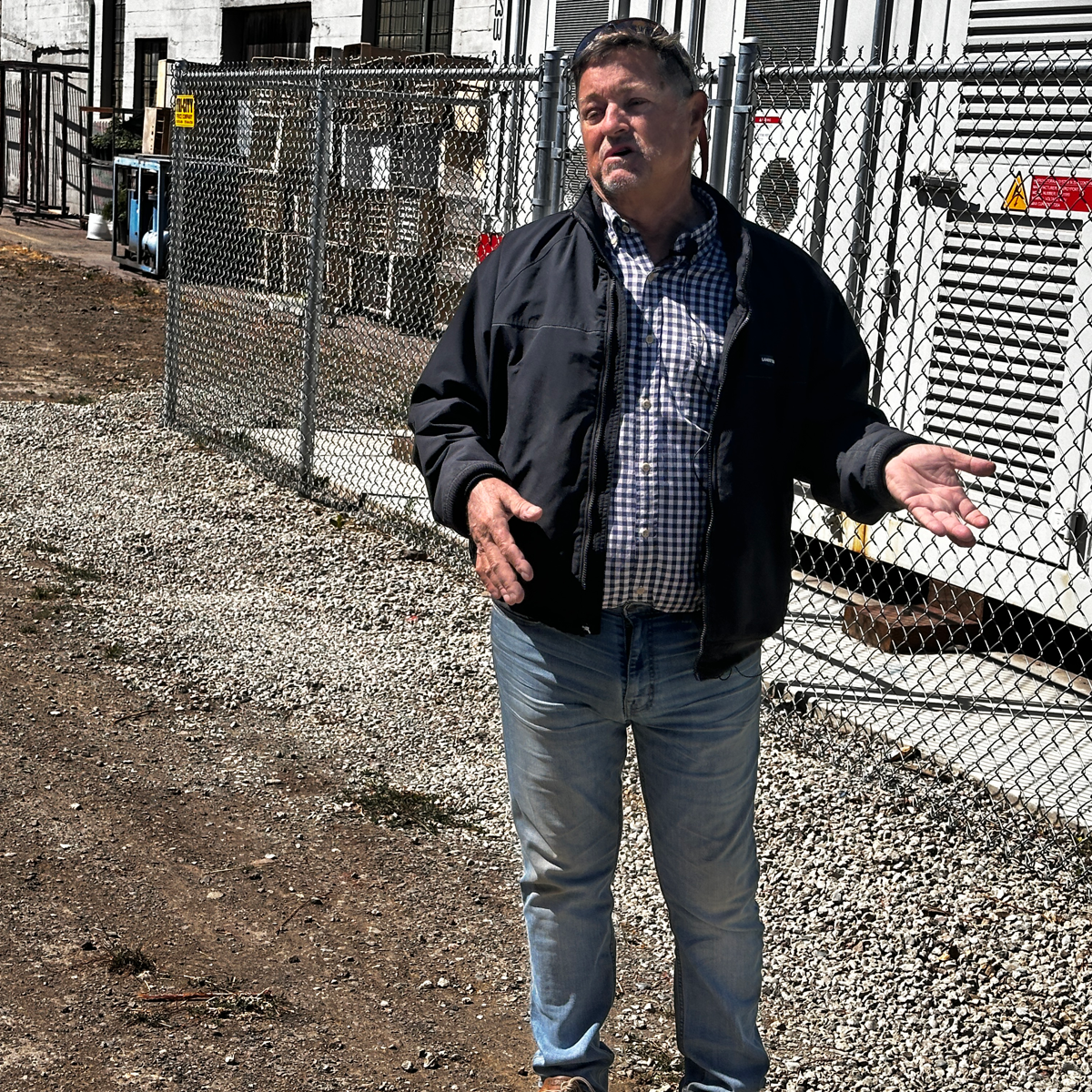
“When we initially got into this business in 2007, solar panels were only 13 percent efficient,” Mark says. “Now they're hitting 600 watts per panel and they’re 22 percent efficient. So that gives you some perspective on how much more power solar arrays can generate today.”
Mark admits that MSH Group, which manages industrial parks and provides expertise on reconfiguring buildings for modern uses, first got involved with solar installations due largely to tax credits. “But solar is far more efficient today, and with battery storage available, you can sell the power when customers need it.”
The battery storage is also an essential component to the microgrid. “In this case, in California, we pay almost $40 a kilowatt hour for demand costs and it's easy with the battery to shave off those small peaks that occur periodically during the day or during the month,” Mark explains. “We can shave off maybe 150 kWh to 200 kWh a month. That's about $8,000 a month or about $100,000 a year. So, in two years you get to pay back on the battery system.”
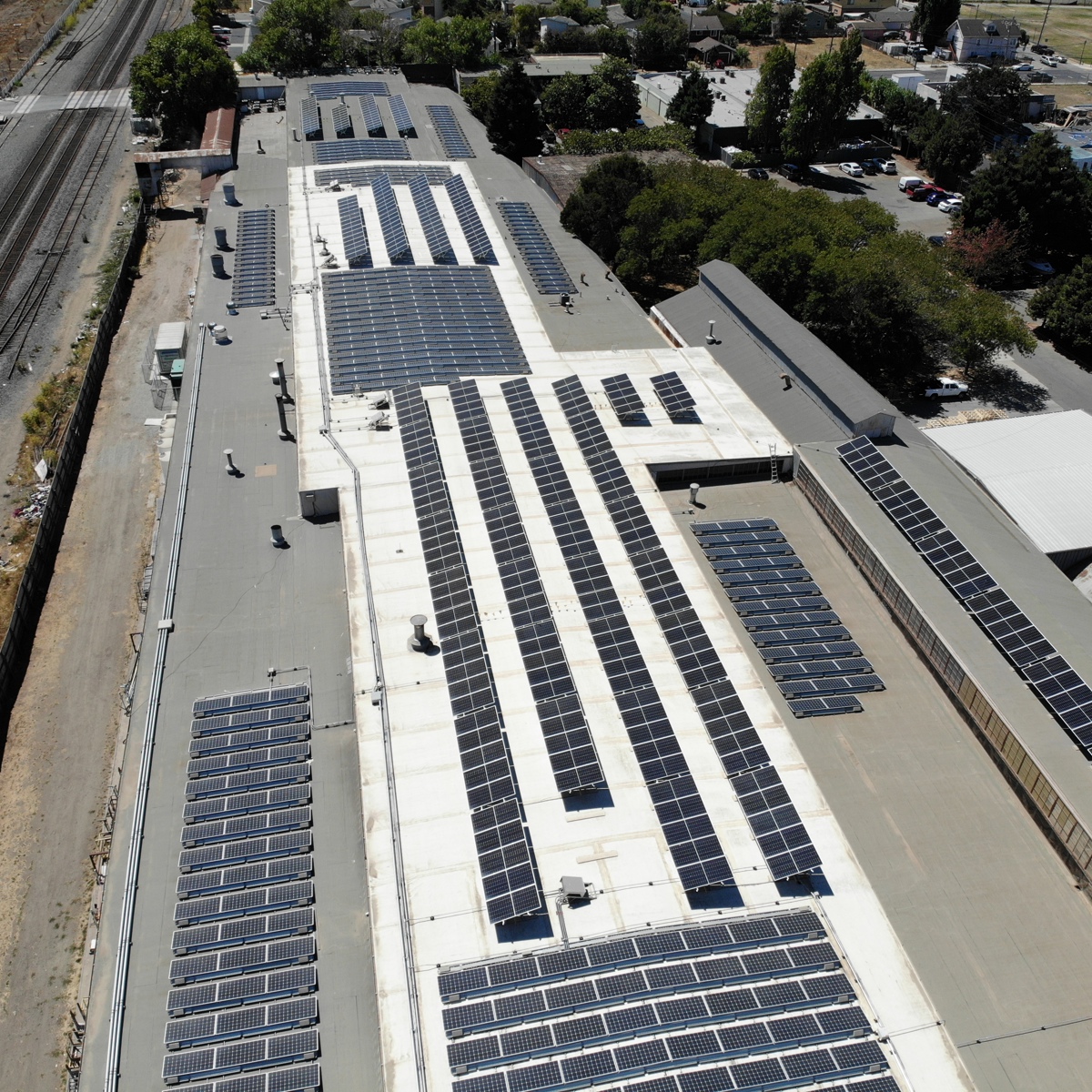
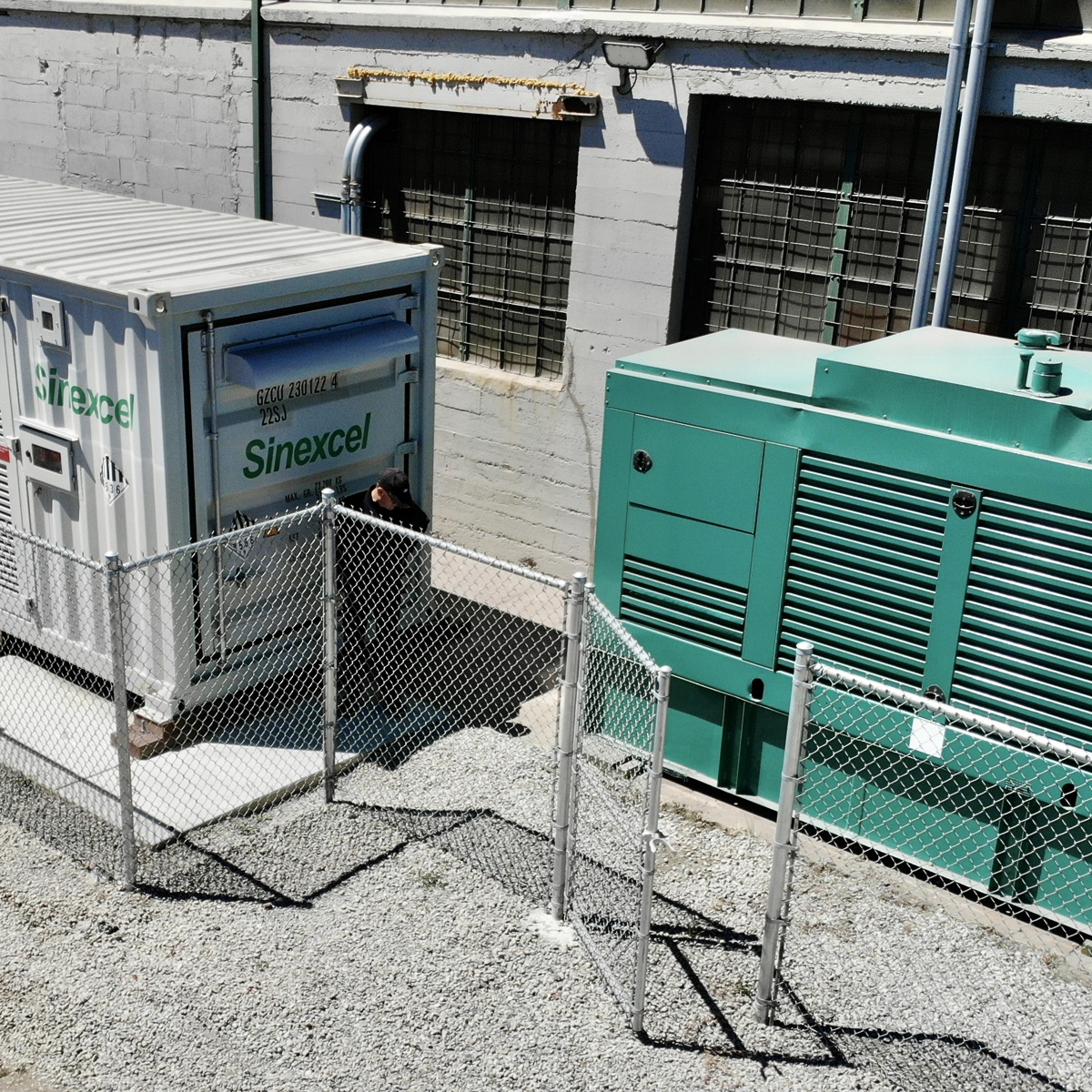
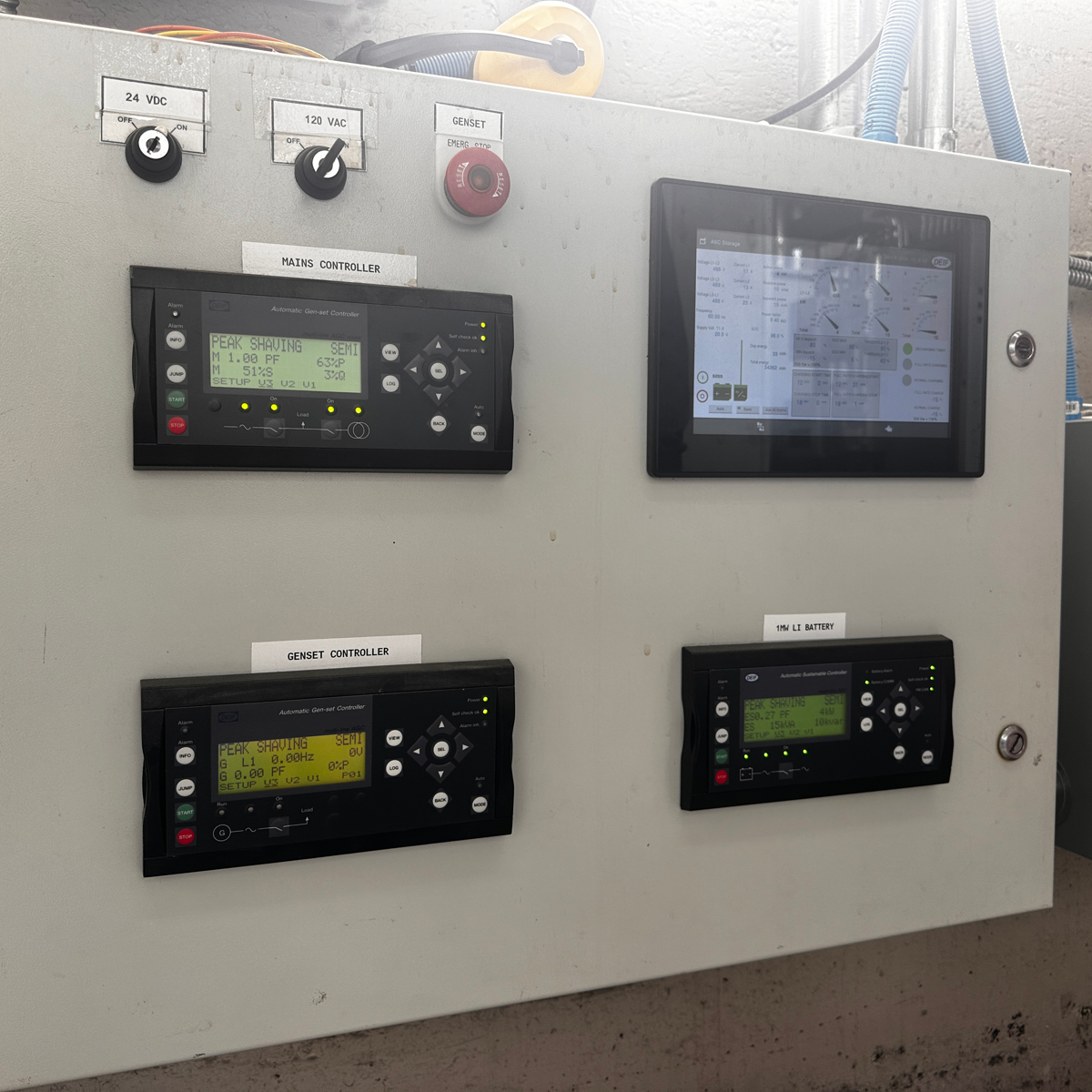
The panels on the roof do not remain static. MSH Group uses a single axis tracking system on its solar array, which allows the movement of the photovoltaic panels in one direction, from east to west, following the sun's path from sunrise to sunset. This single axis tracking function allows a significant increase in the collection of solar energy throughout the day.
The various components of this efficient microgrid are being managed by DEIF controllers, and the AGI 410 is pivotal in the success of the system, says David Stringer, sales director for key accounts and energy technology at DEIF, inc. “It shows every controller that is part of this system, including the controllers on the battery, utility integration, genset and the solar application. All these controllers are connected and handshaking, talking to each other.”
MSH Group took an additional step in its management of the system by feeding the data from the AGI 410 to a monitoring dashboard on a large screen that can toggle between other features of the company’s power system. Merrick Cheney, who serves as project manager for MSH Group, helped to create the monitoring system to keep track of energy trends, power usage, battery operation and other critical functions. “We can control and monitor the entire system from here, or even remotely,” Merrick explains
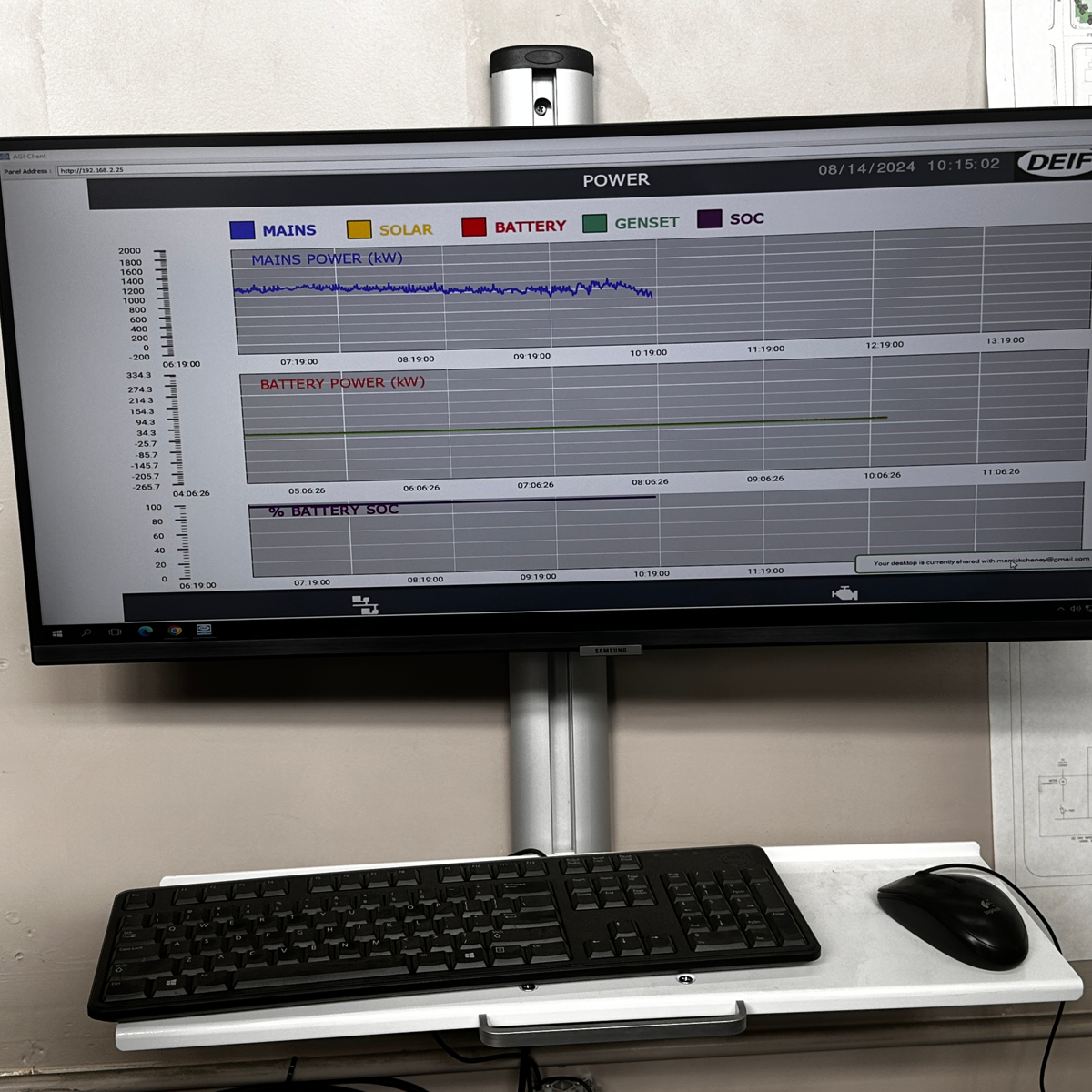
In the end, the DEIF support from the engineering team has been a critical part of the project’s success. “David and I have worked for years on this project,” Mark says. “DEIF is always responsive, and their prices have been super affordable, and I’ve heard that from other microgrid owners. I like them, I’ve always used them, and they’ve never let me down.”
Read our hybrid power guide
-

Contact us to discuss your options
- 90 years of energy pioneering
- Manufactured at the highest standards
- Superior quality
- Unmatched service and support
- Made in Denmark
